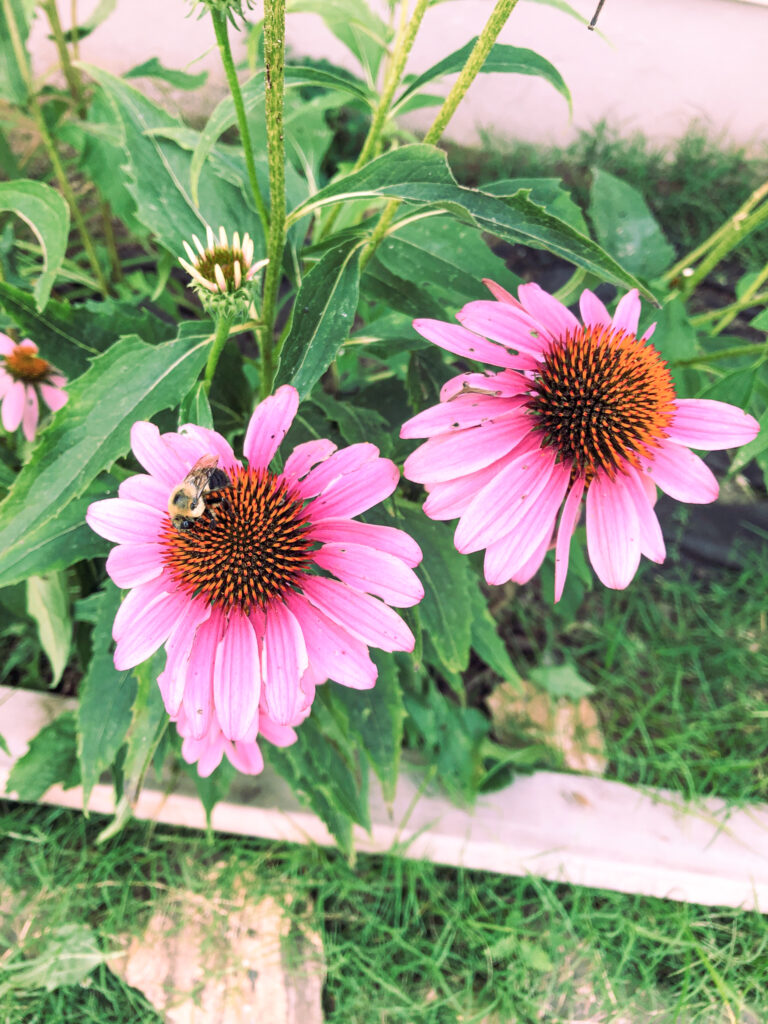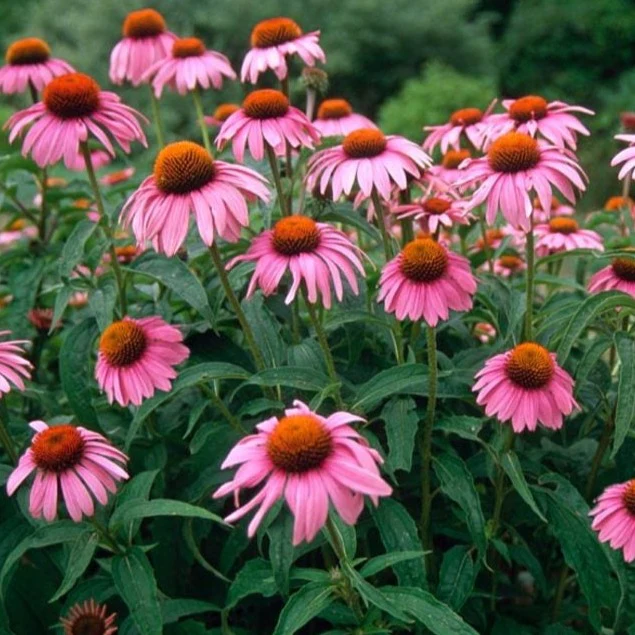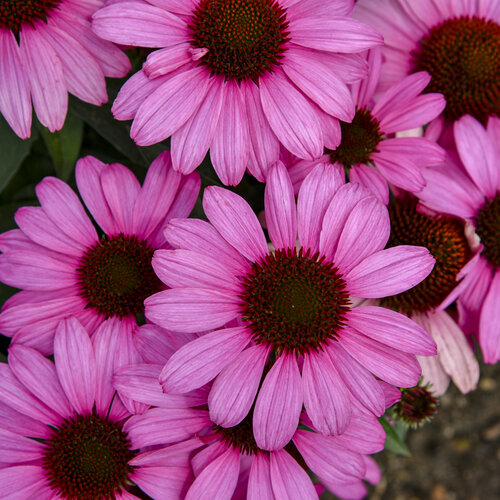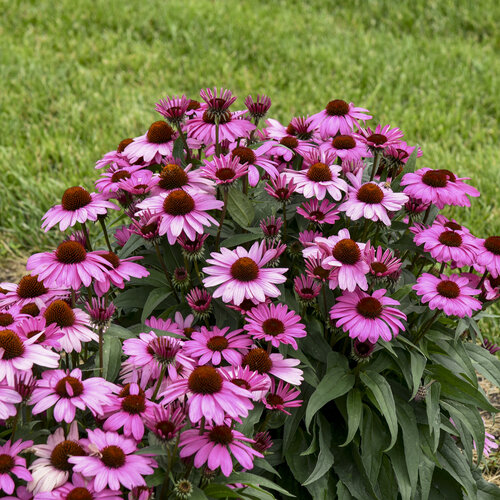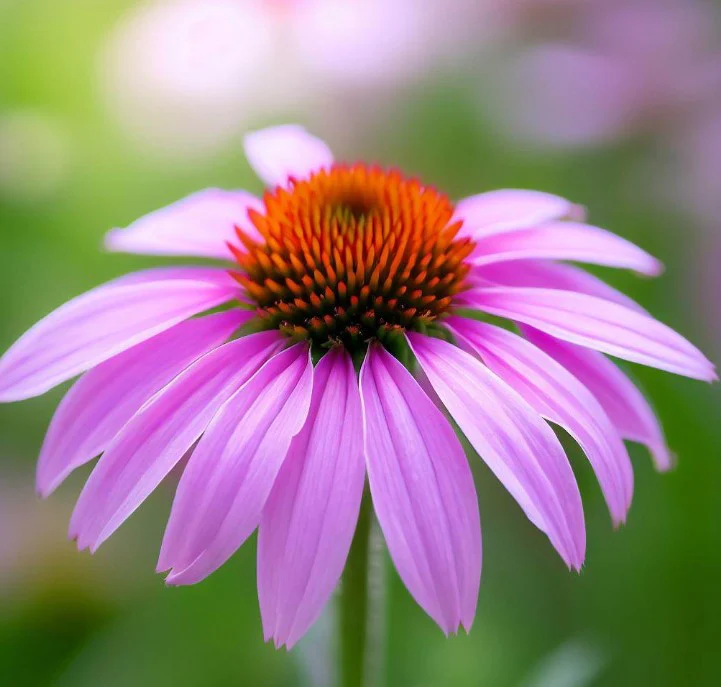Introduction: Why Echinacea Is a Summer Garden Favorite
Echinacea, often known as coneflower, is a hardy perennial loved by gardeners across the United States. With its vibrant blooms and pollinator-friendly nature, it’s the perfect choice for summer gardening. This guide will walk you through the essential steps of caring for Echinacea seeds so your garden thrives all season long.
Getting Started with Echinacea Seeds
Starting Echinacea from seed is rewarding and straightforward. For best results, sow seeds indoors in late winter or directly outdoors once the soil has warmed. Be patient—germination can take two to four weeks. Once seedlings establish, they’ll develop into strong, resilient plants.
- Sow seeds 1/4 inch deep in well-drained soil.
- Keep soil moist but not soggy during germination.
- Expect germination within 14–28 days.
Sunlight and Soil Requirements
Echinacea thrives in full sun and well-drained soil. Choose a location that gets at least 6–8 hours of sunlight daily. These flowers are drought-tolerant once established, making them an easy-care option for busy gardeners.
Watering and Fertilizing
While young plants need regular watering, mature Echinacea can handle dry spells. Avoid overwatering, as soggy soil can cause root rot. Fertilizer isn’t always necessary, but a balanced, slow-release formula applied in early summer can boost bloom production.
- Water seedlings consistently until established.
- Use mulch to retain soil moisture in hot months.
- Optional: Apply a light fertilizer to encourage growth.
Attracting Pollinators and Extending Blooms
Echinacea is beloved by bees, butterflies, and hummingbirds. Deadheading spent flowers can extend blooming time, ensuring your garden stays colorful well into late summer. Leave some seed heads in the fall to feed birds and promote natural reseeding.
Conclusion: Bring Echinacea to Your Garden This Summer
With its low-maintenance care and pollinator-friendly appeal, Echinacea is a must-have for any summer garden. Whether you’re a seasoned gardener or just getting started, these hardy blooms will reward you year after year. Ready to grow your own?
Shop Echinacea seeds today and transform your garden this summer!

